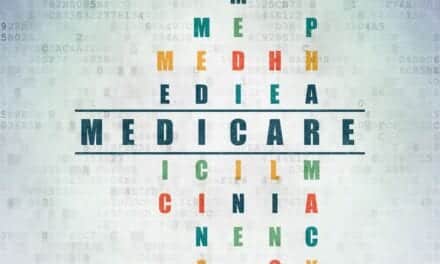Medicare beneficiaries in low socioeconomic status (SES) areas have fewer physician and care management visits and are less likely to be admitted from the emergency department for low severity medical care or admitted to a skilled nursing or rehabilitation facility following hospital discharge, as compared to Medicare beneficiaries in high SES areas, according to a recent research study from 3M Health Information Systems.
The report, Socioeconomic Status and Health Care Delivery System Performance, also found that beneficiaries in low SES areas have more per capita inpatient complications, admissions and emergency department visits, and readmission and post-discharge returns to the emergency department, as well as higher surgical mortality rates.
“We conducted this study to help identify differences in health care delivery system performance in low SES areas. When we understand exactly what the differences are, then health care leaders and policy makers can begin to develop plans that address those performance differences,” said report co-author Rich Averill, a research consultant and former 3M HIS vice president of clinical and economic research. “Leveraging the power of data and using clinically credible research methodologies can provide actionable information and identify performance differences that are real opportunities for improvement.”
The report’s authors applied the socioeconomic status component of the Social Vulnerability Index from the Centers for Disease Control and Prevention (CDC) to identify high and low SES geographic areas. Performance was evaluated using 3M potentially preventable events tools. These tools examine potentially preventable outcomes — e.g. hospitalizations, readmissions, complications and emergency department visits — and their associated costs on a risk-adjusted basis using 3M Clinical Risk Groups (CRGs).
CRGs, a highly advanced population classification system that identifies medically complex individuals and assigns them to a severity-adjusted group, provided the basis for comparing the outcomes for patients with the same severity of illness and overall health status. Combining CRG risk adjustment with the identification of potentially preventable outcomes uniquely allowed performance differences associated with socioeconomic factors such as income, poverty and education to be identified and quantified.
Identifying patients whose clinical circumstances indicated that an event such as a readmission was potentially preventable allowed the potentially preventable event’s rate of occurrence to be compared to expected levels based on national CRG risk-adjusted performance levels. According to Averill, this two-tier filtering of performance differences identifies differences in performance that are real opportunities for health care delivery system improvement.
The study used 2018 Medicare Standard Analytic Files (Limited Data Set) containing 100% of Medicare fee-for-service claims for inpatient, hospital outpatient (including the emergency department), skilled nursing facilities and home health agencies. The analysis data encompassed 3,049 counties located in the 50 states and the District of Columbia, representing 25,346,514 beneficiaries with 7,255,736 inpatient hospitalizations.
“By identifying performance differences in the health care delivery system that disproportionately impact low SES patients, we can help health care leaders and policy makers develop and initiate targeted improvement efforts to improve health equity,” said Dr. Sandeep Wadhwa, 3M HIS global chief medical officer.
[Source(s): 3M, PR Newswire]





